Britain's First Supermodel: The Story of Jean Shrimpton
Categories: Celebrities | Europe | Fashion
By Pictolic https://mail.pictolic.com/article/britain39s-first-supermodel-the-story-of-jean-shrimpton.htmlJean Shrimpton is a name that has become synonymous with 60s fashion. This fragile girl from the English countryside turned the idea of beauty and style upside down, becoming Britain's first supermodel. Her story is not only a path to fame, but also a story of how one woman changed an entire era. Let's find out how Jean Shrimpton conquered the fashion world and why she is still called an icon.
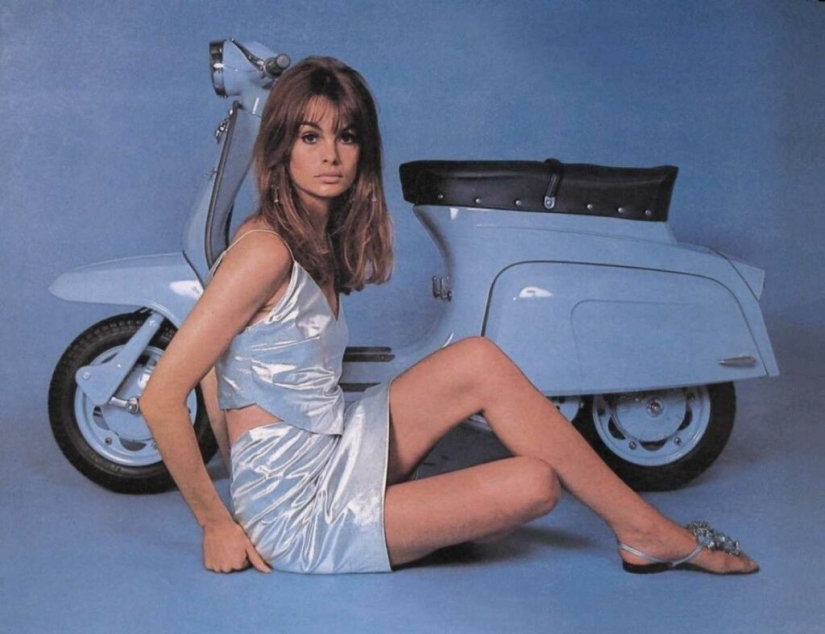
Jean Rosemary Shrimpton was born on November 7, 1942, in the small town of High Wycombe, Buckinghamshire. Her parents were farmers, and the future star spent her childhood in the English countryside, among picturesque meadows and forests. The girl studied at the Catholic school at the monastery of St. Bernard, where strictness and discipline were the norm. No one could then imagine that this modest schoolgirl would become a world-class star. Jean's best friend in her childhood was her younger sister Chrissy, who also became a famous model.
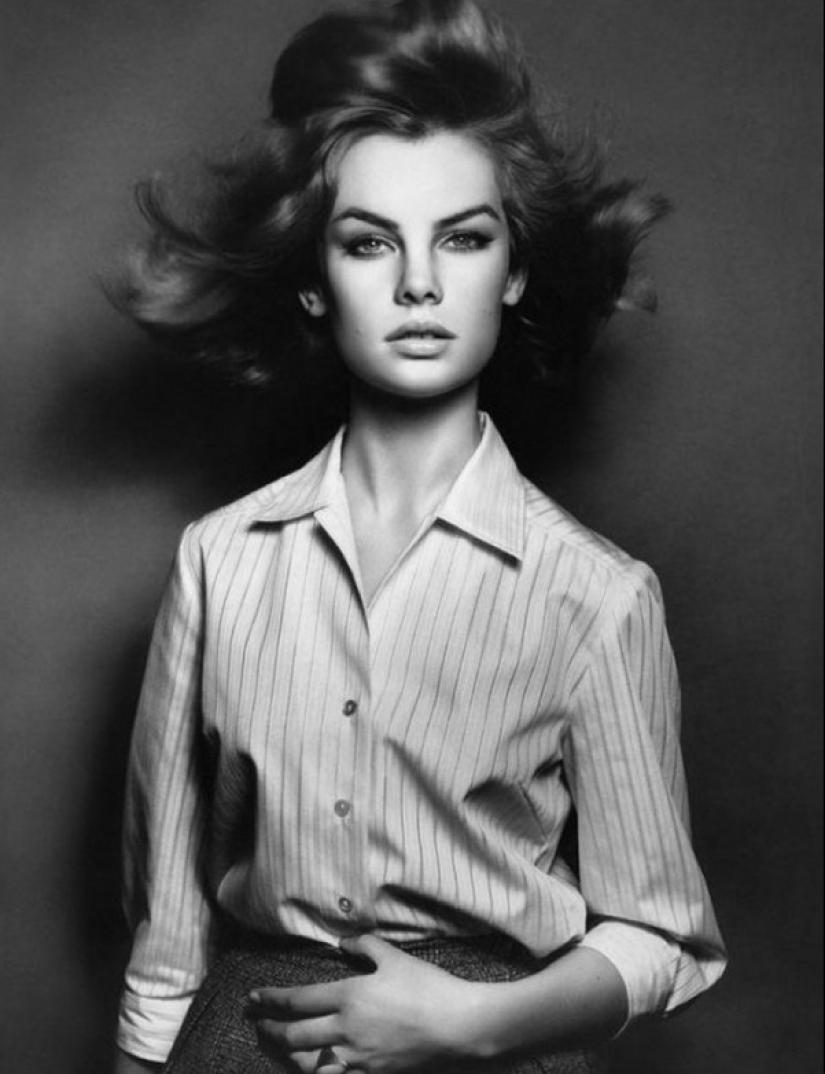
At 17, Jean moved to London to study secretarial studies at the prestigious Langham College. The city was buzzing with new ideas and the youth culture of the 60s was just beginning to take shape. It was here, in the heart of Swinging London, that Jean's life took its first turn.
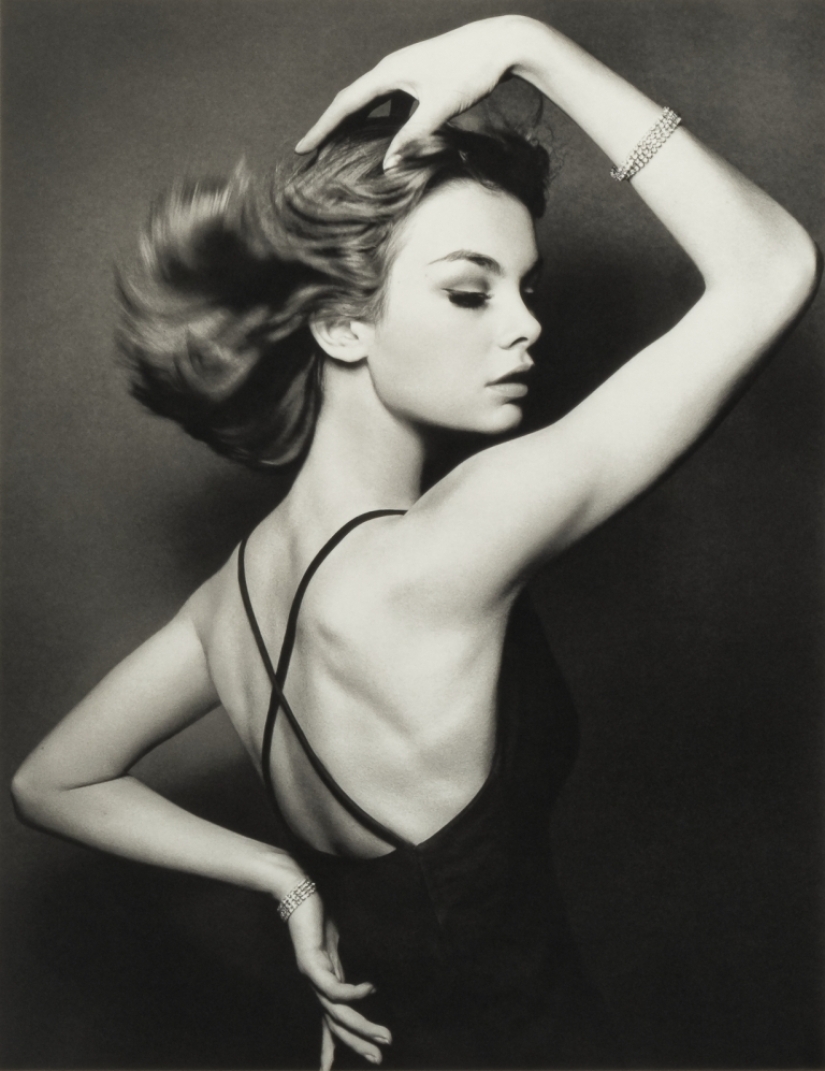
In the capital, the girl's priorities changed very quickly. She began to actively attend castings of modeling agencies and try out for roles in films. Jean Shrimpton's career began completely by accident. In 1960, director Cy Endfield noticed her and offered her a role in the film "The Mysterious Island". The producers rejected Jean's candidacy, but this moment became a starting point for her. Soon she entered the Lucy Clayton Modeling School. There, her beauty and natural grace immediately attracted the attention of photographers.
In 1960, at the tender age of 17, Jean began her modeling career. She began appearing on the covers of prestigious magazines such as Harper's Bazaar, Vanity Fair and Vogue. Her classic beauty and expressive doe eyes seemed to embody the era: youth, freedom and the daring spirit of the sixties. Her real breakthrough came after meeting David Bailey, a talented, young and daring photographer who was looking for a new muse.
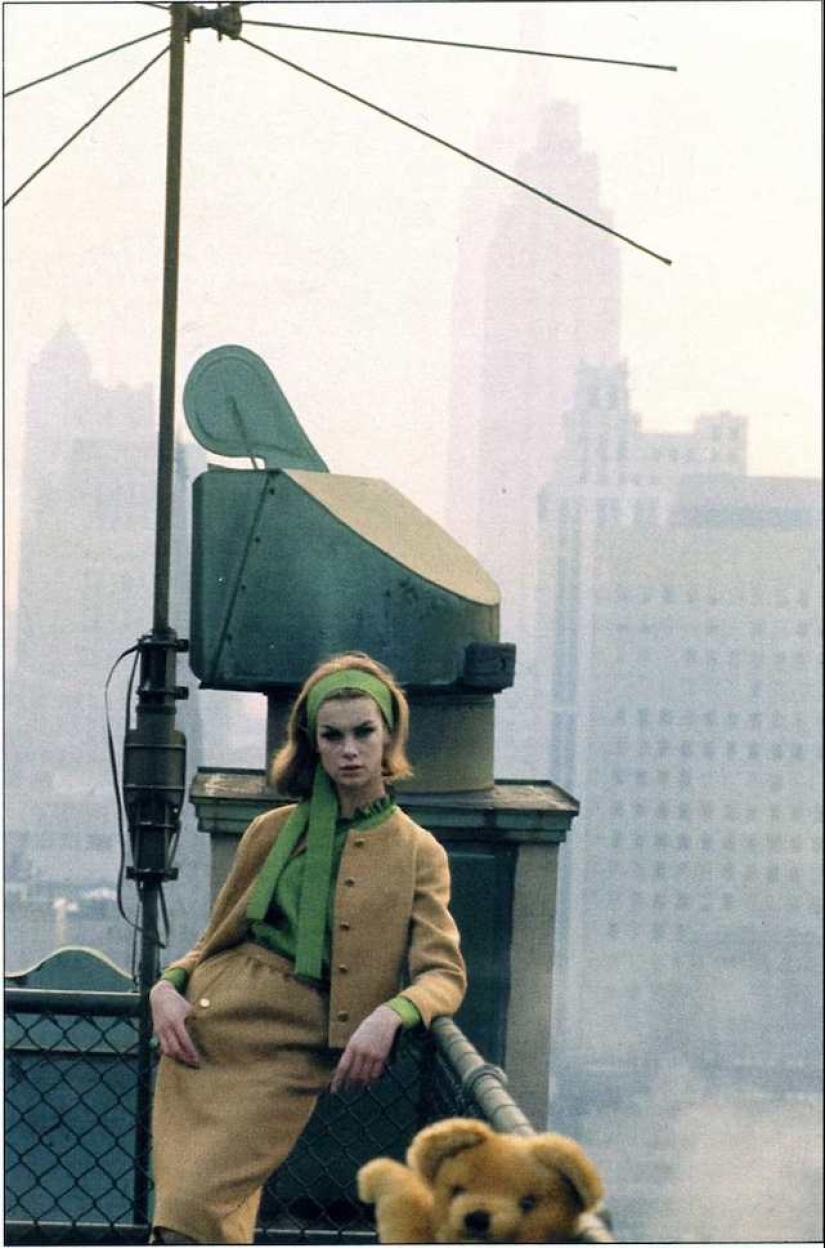
The model's relationship with the photographer quickly evolved from business to romance. Bailey's photo shoot Young Idea Goes West in New York became a sensation. Their duet began to break stereotypes, instead of studio and staged shooting, opening the fashion for street photo shoots. The pictures taken on the streets of Manhattan showed Jean as the embodiment of freshness and freedom. Thus was born the "London style" that conquered the world. Their creative and romantic union gave birth to many iconic photographs that are still considered the standard of fashion photography of that era.
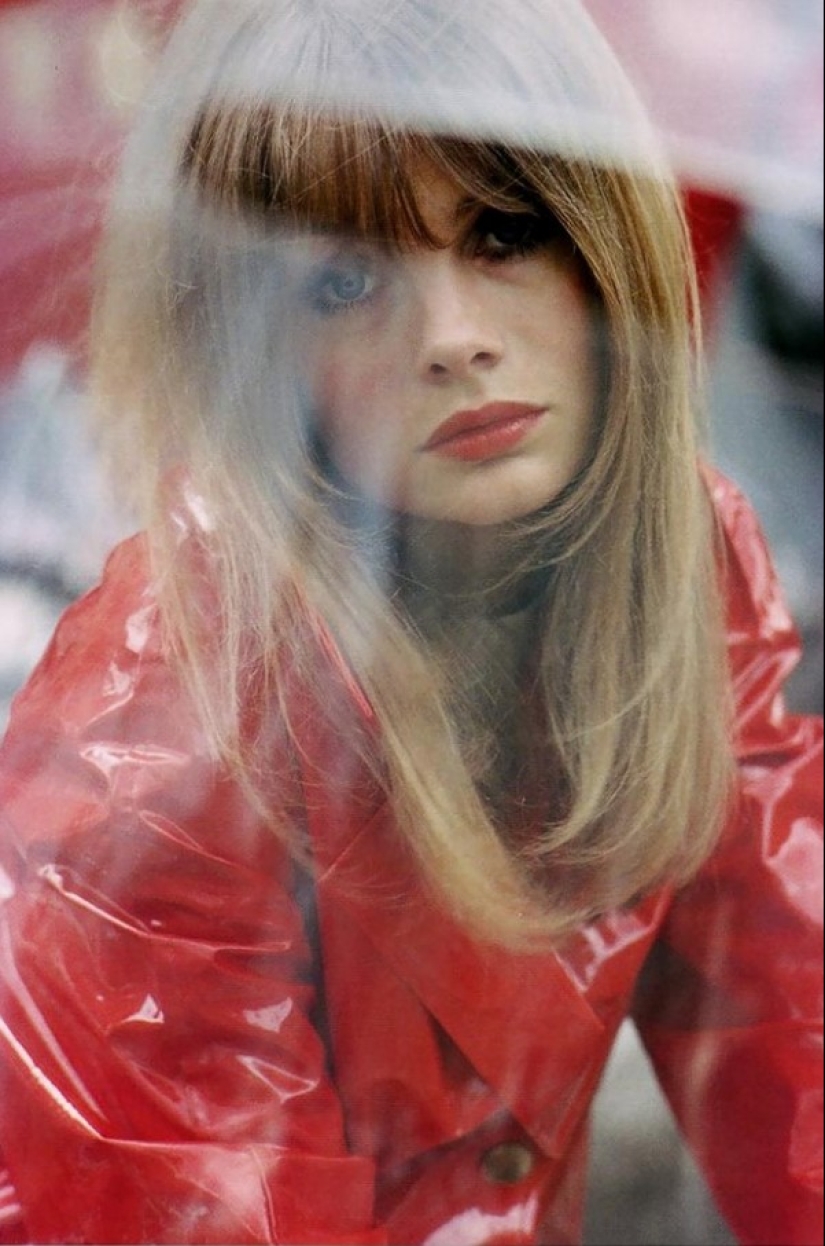
Jean Shrimpton didn't just pose for magazines - she created fashion. Her images in Vogue, Harper's Bazaar and Vanity Fair set trends. Her petite figure, long legs, lush eyelashes and slight carelessness in style made her a symbol of the 60s. Jean popularized the miniskirt, which became a real cultural phenomenon.
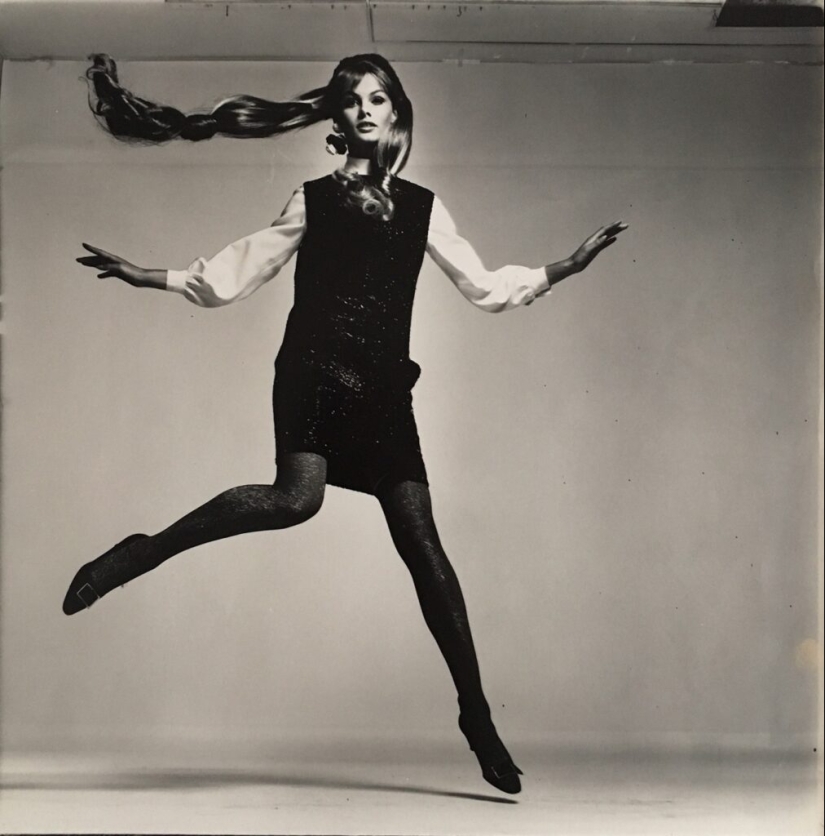
The model quickly became the face of a new generation, becoming a symbol of the fashion of "swinging London", as the 60s were later dubbed. Her sophisticated appearance, androgynous style and natural charisma made Shrimpton a real phenomenon of the era. It was she who redefined the idea of female beauty.
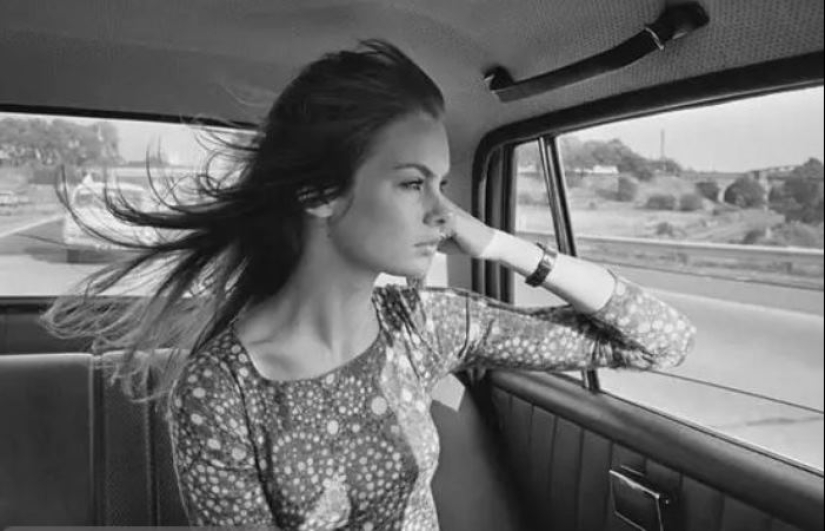
Before her, glamorous, mature women were in fashion. Jean brought innocent fragility and "girlish" aesthetics to the catwalk. Together with the popular model of the time, Twiggy, Shrimpton promoted the new fashion for miniskirts, straight silhouettes and simplicity of images. It is believed that it was the British model who stood at the origins of the revolution in length in women's fashion.
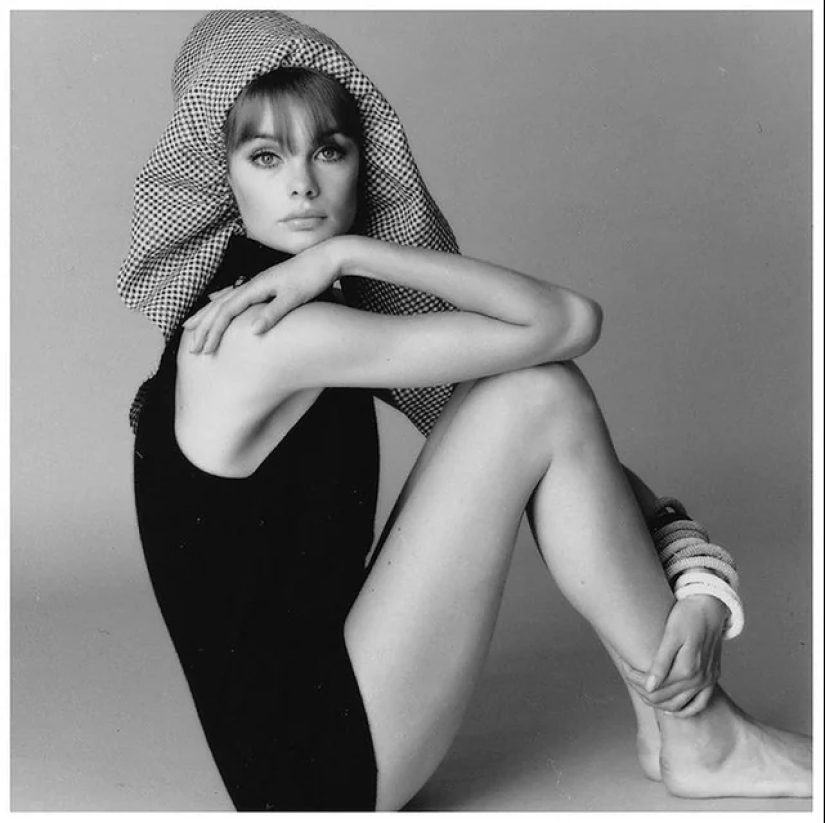
A career as a supermodel was not Jean's only calling. She starred with Paul Jones in the film Privilege (1967). Later, she tried herself in other film projects, although an acting career did not become a priority for her.
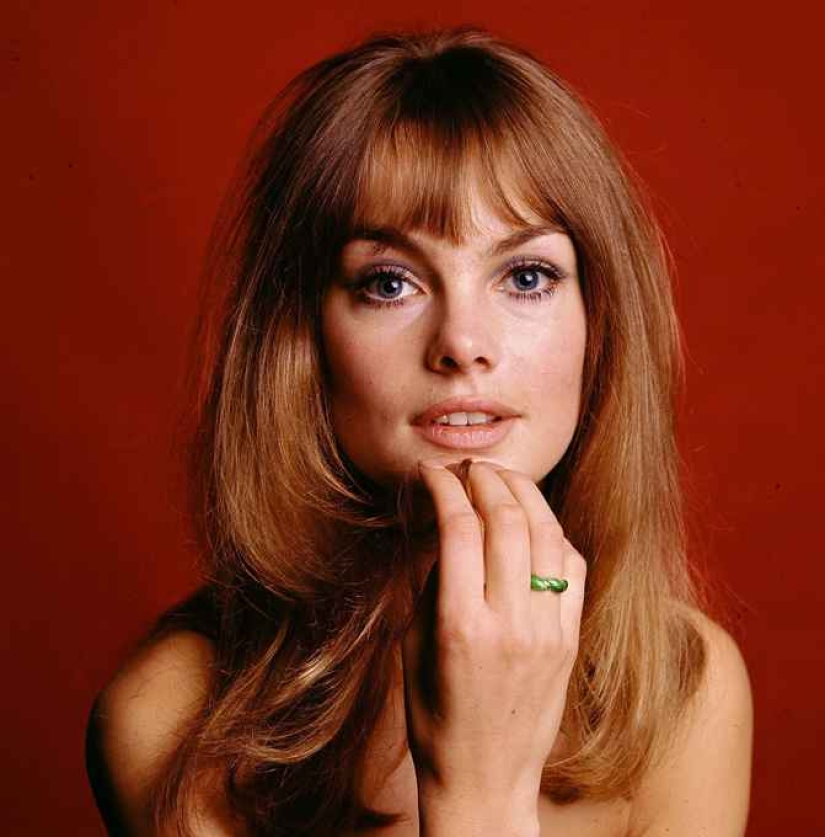
The most famous moment in Jean Shrimpton’s career was her visit to Australia in 1965. She went there for two weeks at the invitation of the Victoria Racing Club and a local company specializing in synthetic fibers. The company was actively promoting a new line of dresses made of Orlon. For this trip, Jean received a fee of 2,000 pounds sterling – a colossal sum at the time.
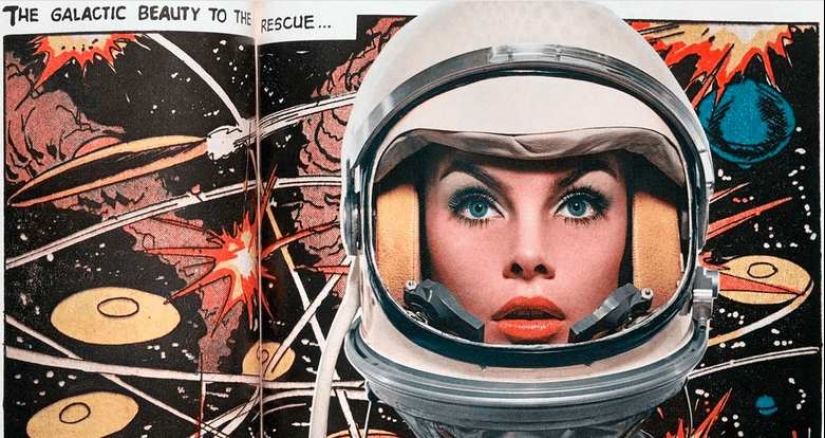
On October 30, 1965, British model Jean Shrimpton unwittingly caused an international scandal when she attended Derby Day at Flemington Races in Melbourne. The British model shocked the conservative Melbourne racegoers when she wore a white minidress that fell 10 cm above the knee. The Melbourne establishment was shocked not only by the high hemline, but also by the beauty’s bold decision not to wear a hat, stockings or gloves.
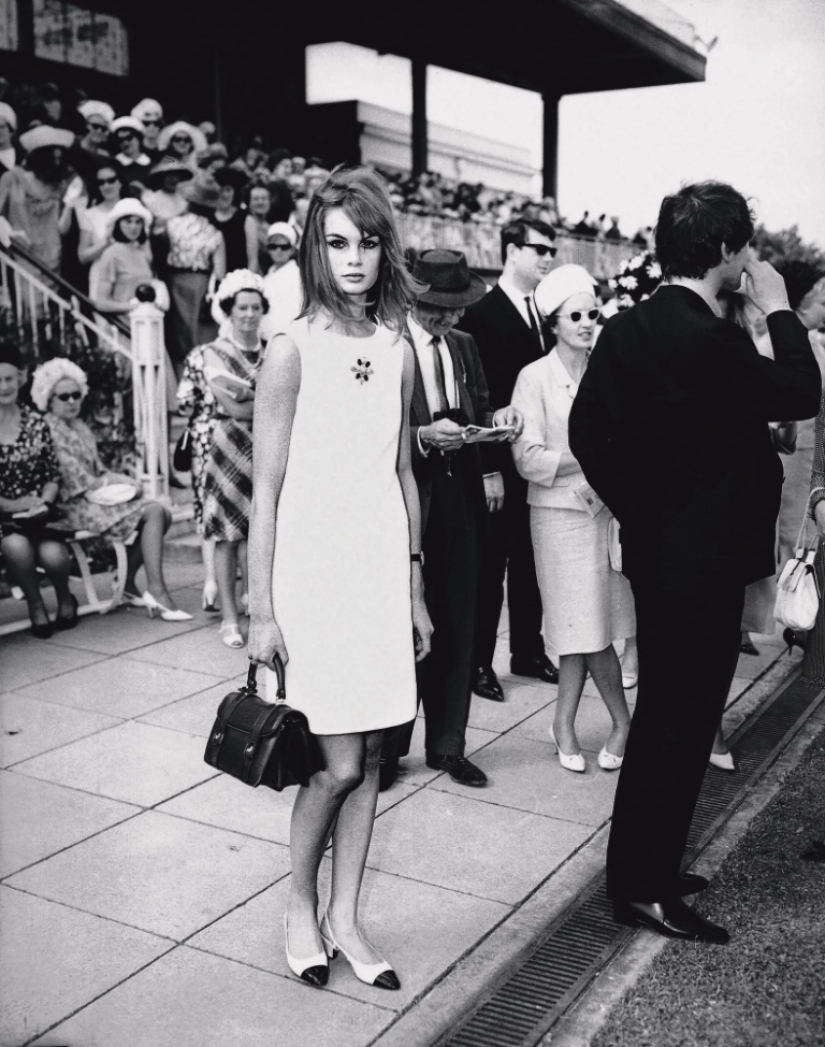
This outfit became a real fashion revolution. Jean Shrimpton's appearance in 1965 at the Melbourne Cup Carnival marked a crisis in fashionable hats and the passing of an entire generation. A simple white dress without accessories became not just a fashion scandal, but a symbol of women's emancipation. In an era when women were fighting for equal rights, Jean fought for the right to look the way she wanted.
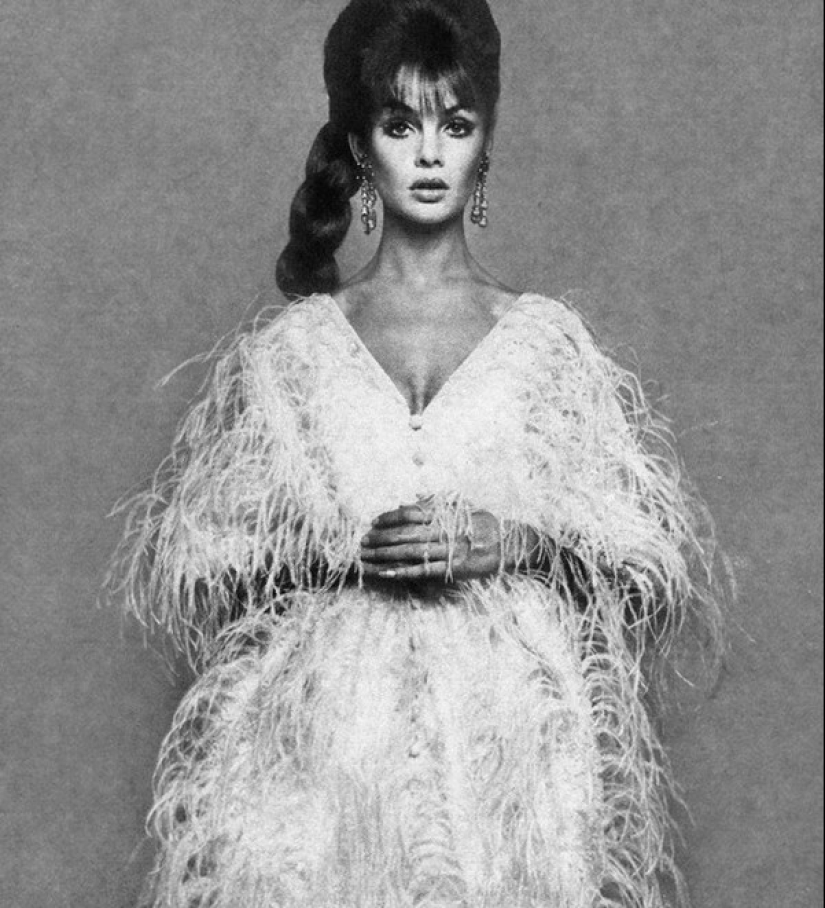
Shrimpton's personal life was no less eventful than her professional career. Her affair with David Bailey, who was married at the time, caused a lot of noise in the press. The photographer left his pregnant wife Rosemary for Jean, but their relationship lasted only four years. In 2012, this story became the basis for the film We Will Take Manhattan.
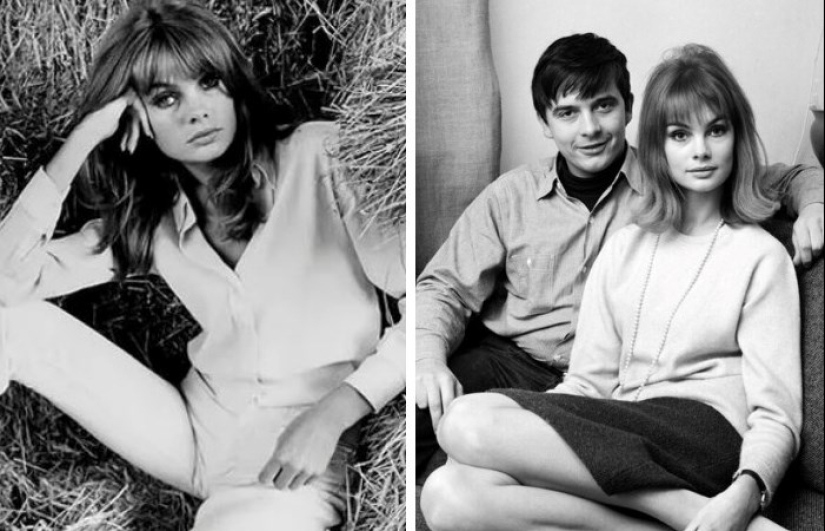
After Bailey, Jean had affairs with famous men, including actor Terence Stamp and photographer Terry O'Neill. Her beauty attracted the attention of Hollywood stars such as Jack Nicholson and Warren Beatty. Jean dated poet Heathcote Williams and writer Malcolm Ritchie.
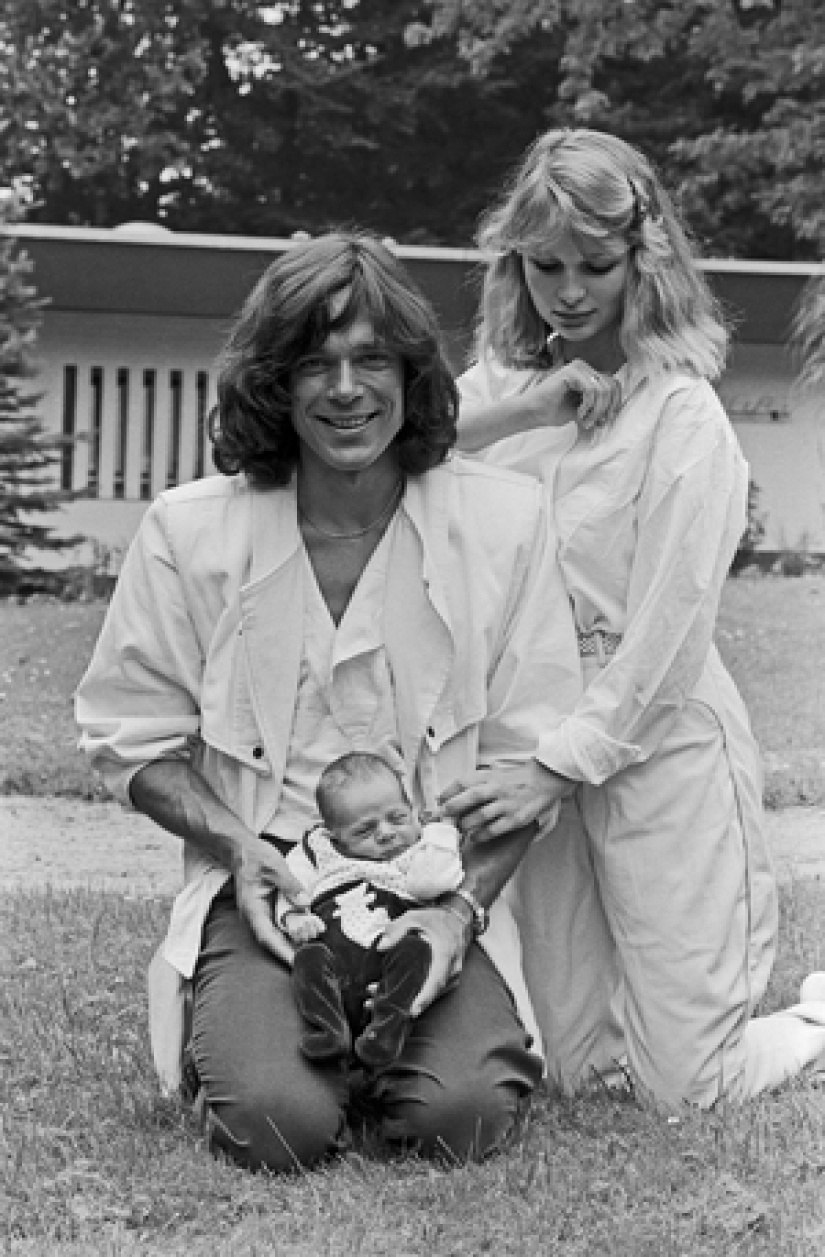
The girl had many admirers. Despite this, Jean always remained a mystery, avoiding excessive attention to her personal life. But eventually Shrimpton married another photographer, Michael Cox, and gave birth to a son, Tadeusz.
At the age of 30, at the peak of her fame, Jean Shrimpton took an unexpected step - she left the modeling business. In 1975, she and her husband moved to the small town of Penzance, on the coast of Cornwall. There, the couple opened the Abbey Hotel and an antique shop. A few years later, her ex-boyfriend David Bailey suggested returning to the world of fashion. She even starred in several photo shoots and a hair dye commercial, but that was where it all ended.
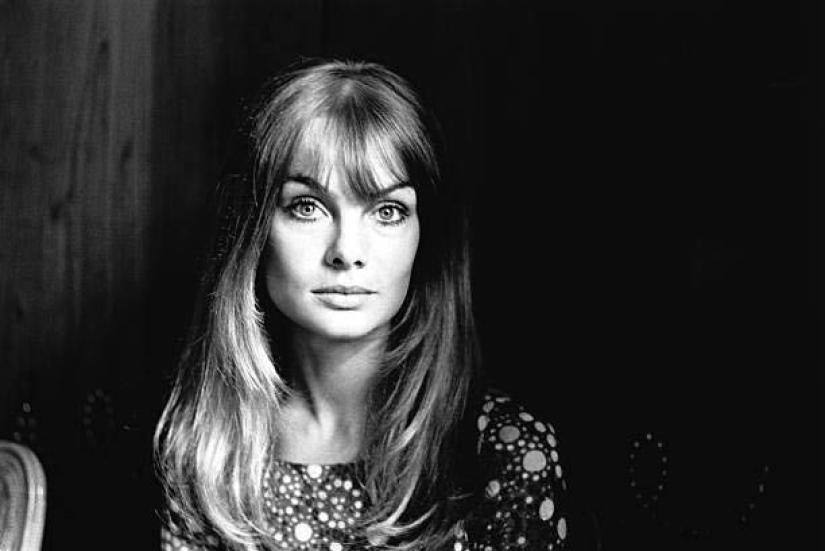
Her autobiography, published in 1990, was a revelation to fans. In it, Jean said that her supermodel career was more of an accident than her dream. She preferred family happiness and privacy to noisy catwalks and camera flashes. Jean admitted that she never liked being in the spotlight and dreamed of a quiet life.
Jean Shrimpton wasn't just Britain's first supermodel - she changed fashion and culture. Her looks continue to inspire designers, and The London Look remains relevant. In 2009, Harper's Bazaar included Jean in its list of the best models of all time, and in 2012, Time magazine named her one of the 100 most influential fashion icons.
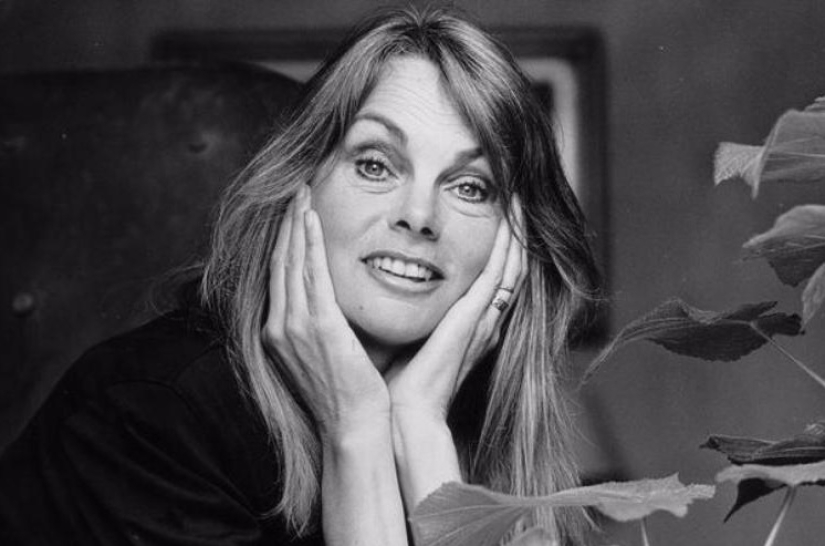
Jean Shrimpton now lives in her estate in Penzance. Her hotel and antique business are run by the family of her son Tadeusz. The former supermodel rarely appears in public and does not like to give interviews. Her story is an example of how courage and naturalness can change the world. Jean Shrimpton has proven that true beauty is not only about appearance, but also about the ability to be yourself.
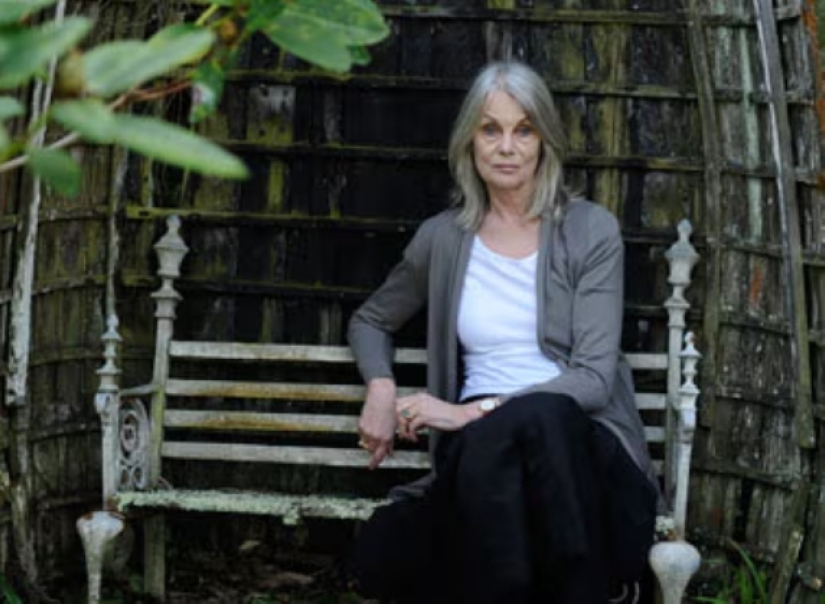
Jean Shrimpton left the fashion world at the height of her fame and chose a quiet life away from the cameras and spotlights. But she left a bright mark on the history of fashion. What do you think - should a true style icon continue to be in the spotlight, even after years, or is there beauty and strength in leaving in time and preserving your legend?
Recent articles

Whatever they say, but the uniform, no matter military, police, flight or railway, transforms a person, making him more solid and ...

Children run naked in physical education, a woman watches the world through the window of a gynecologist, a man — at a hetaera or ...

As you know, the car is a source of increased danger. The first victim of a car accident is considered to be an Irish woman ...